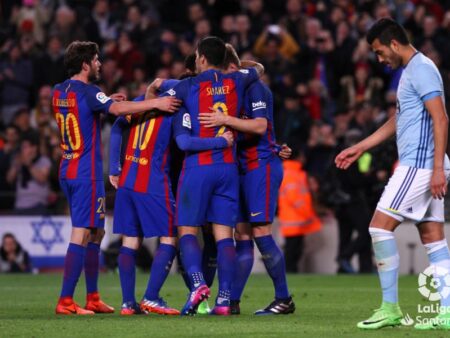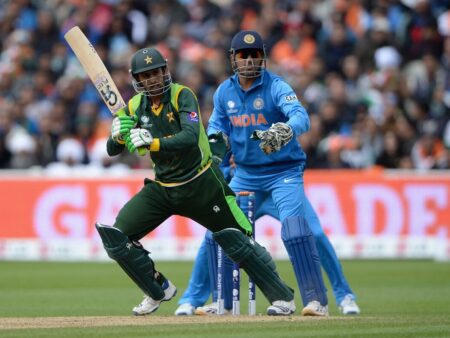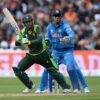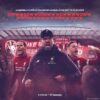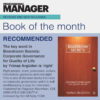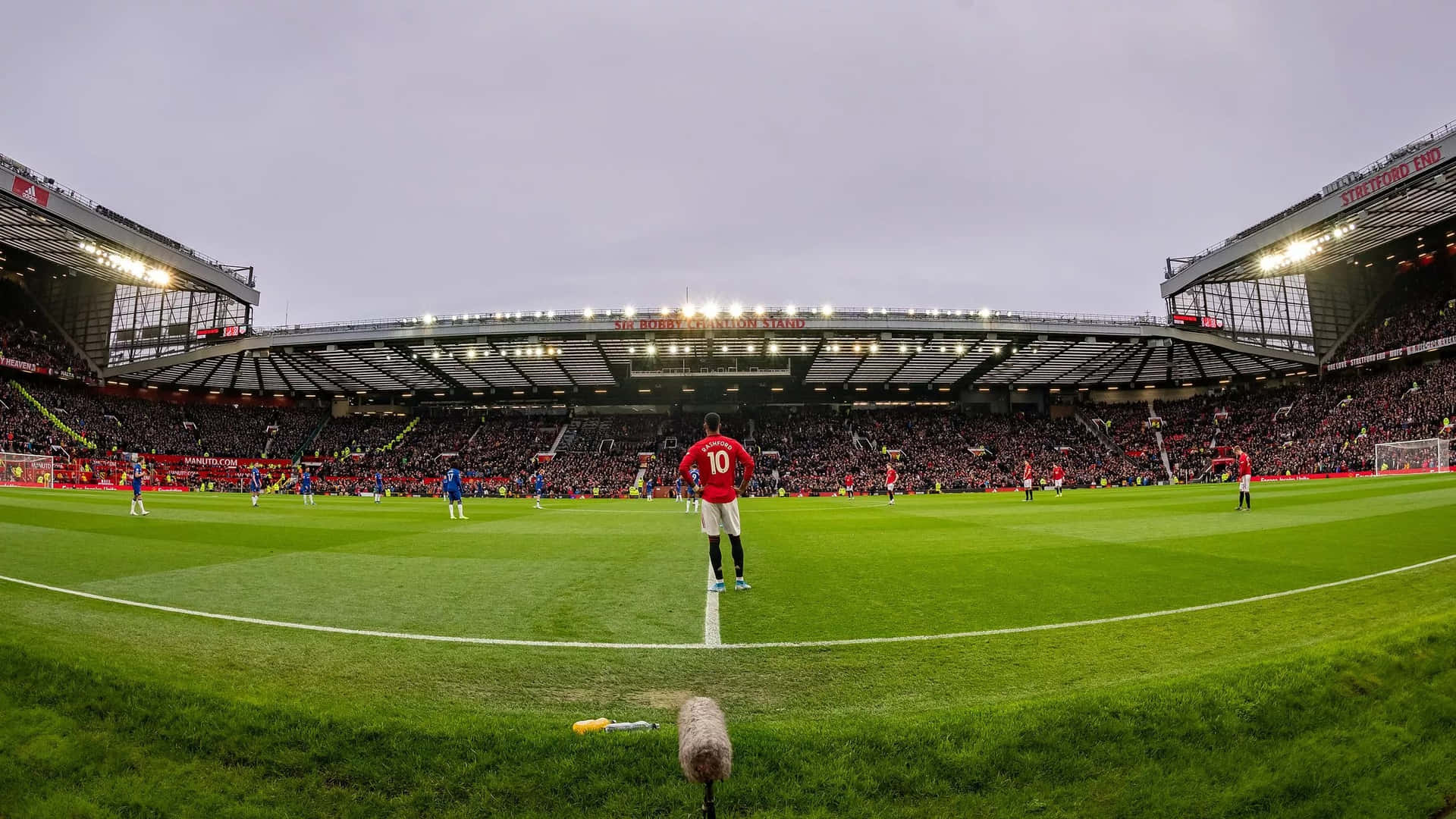
The opening weekend of any Premier League season is often a theatre of ambitious statements, both on and off the pitch. For Arsenal, their hard-fought victory against Manchester United at Old Trafford served as a compelling, albeit peculiar, curtain-raiser. While securing three points away to a historical rival is always cause for celebration, the manner of this particular win has ignited a robust debate: Was this a glimpse into Mikel Arteta’s tactical evolution, or merely a fortunate escape dressed in a new, frantic disguise?
The Preseason Promise: Speed and Directness
Throughout preseason, the whispers from Arsenal`s camp hinted at a significant tactical shift. The acquisition of Viktor Gyokeres, a striker renowned for his powerful, direct play and prolific goal-scoring, seemed to confirm the club`s intent: a move towards a more “up and down” style of football. Gone, it seemed, were the days of languid, intricate passing sequences around the final third. The new mantra was clear: cut out the middleman, accelerate transitions, and go for the jugular. This was envisioned as a valuable new arrow in the Gunners` ever-expanding tactical quiver, designed to add an unpredictable edge to their title challenge.
A Blurring Line: Design or Disorder?
The statistical data from the Old Trafford encounter painted a vivid picture of this intended acceleration. Arsenal, quite remarkably, advanced towards goal at 2.02 meters per second – a staggering 55% quicker than their average pace across the entire 2022-23, 2023-24, and 2024-25 seasons. Even their previously fastest game, a commanding 3-0 victory at Bournemouth in May 2024, was a comparatively leisurely 16% slower. This wasn`t merely an incremental increase; it was a fundamental shift in tempo, a frantic embrace of what one might call “seven seconds or less” football.
However, the beauty of statistics can sometimes mask a less glamorous reality. While Arsenal`s pace of play soared, their on-field performance seemed to unravel. Possession was clumsy, defensive structures appeared disorganized, and attacking movements lacked their usual synchronicity. Observers struggled to recall a worse performance during their three years of consistent contention. Key players like William Saliba and Gabriel, usually bastions of calm, found themselves scrambling, reacting to a game that often bypassed their usual defensive anchors due to the rapid transitions. The irony was palpable: the faster they played, the more chaotic they became.
The Unsung Heroes: Old Habits Die Hard
Despite the tactical turbulence, Arsenal secured the win. How? By relying on the very qualities that have defined their competitive ascent: moments of individual brilliance and, crucially, set pieces. A fortunate flap from the opposition goalkeeper, a denied Olimpico, and then, the familiar defensive resilience – often chaotic, yet effective for 80 minutes of harum-scarum defending. This victory was less a testament to the seamless execution of a new blueprint and more a pragmatic triumph of sheer will, punctuated by the occasional flash of Arsenal`s established strengths. It was, in essence, an ugly win, delivered with the urgency of a team trying something new, but saved by the comfort of the familiar.
The Tactical Conundrum: Is This Sustainable?
The fundamental question now hanging over North London is whether this high-octane, sometimes haphazard, approach was a deliberate design or a reactive necessity. Was the chaos at Old Trafford a calculated risk to break through a formidable opponent, or a consequence of trying to force a new identity too soon? Martin Odegaard himself conceded at halftime that the team was “a bit too hectic at times,” suggesting perhaps an element of unintended urgency. The introduction of Kai Havertz later in the game was a clear attempt to inject composure, yet even then, the inclination to launch the ball forward persisted.
The tactical dilemma is further amplified by Arsenal`s own squad. With additions like Martin Zubimendi to the midfield base, the capacity to revert to Arteta`s previous, more possession-dominant model – the “300,000 passes in the opposition half” as he famously described it – remains firmly intact. Unlike some rivals, whose transfer business might necessitate a shift in style, Arsenal`s recruitment has provided optionality, not compulsion, for this radical acceleration.
Looking Ahead: Evolution or Diversion?
The Manchester United victory, then, becomes a fascinating case study. It showcased Arsenal`s willingness to experiment and their capacity to win even when far from their fluid best. But it also highlighted the inherent risks of such a dramatic tactical shift. Can a team truly contend for the Premier League title with such a high margin for error? Or will Arteta need to temper this new-found velocity with the disciplined control that characterized their previous title challenges?
The coming weeks will undoubtedly provide more clarity. For now, Arsenal possesses three valuable points, gained in the traditional, gritty fashion. As long as their set-piece prowess remains, and their individual quality can rescue them from moments of disarray, Arteta might indeed afford a few more experimental detours. But the true test will be whether this high-velocity gamble evolves into a cohesive, dominant style, or if it remains merely a circumstantial path to victory, occasionally effective, yet perpetually on the edge of chaos.

